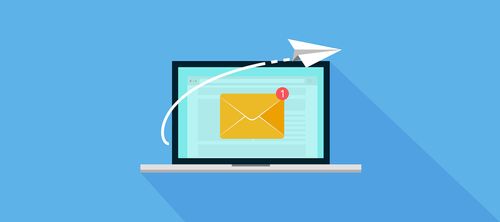In the fast-paced digital landscape, mastering the timing of your email campaigns is a crucial skill. It's not just about crafting a compelling message; it's also about knowing when to deliver it. The right timing can significantly amplify the impact of your outreach efforts. This guide will provide you with strategic insights to master email timing, ensuring your messages not only reach your audience but also resonate with them at the right moment.
1. Sync with Your Audience's Schedule
Understanding your audience's daily routine is the first step in mastering email timing. Different demographics have distinct patterns of checking emails. For example, business professionals might prefer reading emails early in the morning, while others may be more responsive during lunch hours or in the evening. Utilize analytics to monitor open and click-through rates at different times and tailor your schedule to these insights.
2. Navigating Time Zones for Global Reach
If your audience spans across different time zones, sending an email at a universally convenient time becomes challenging. Segment your email list geographically and tailor your send times accordingly. This ensures that your email lands in inboxes at a time when recipients are most likely to engage with it.
3. Weekdays vs. Weekends: Choosing the Right Day
The day of the week on which you send your emails can greatly influence their effectiveness. Research suggests that Tuesdays and Thursdays often yield higher open rates. However, this can vary based on your specific audience and industry. Conduct A/B testing on different days to determine what works best for your campaigns.
4. Leveraging Special Dates and Seasonal Trends
Aligning your email campaigns with relevant holidays, seasons, or events can enhance their impact. For instance, a retailer might see a spike in engagement by timing emails around shopping events like Black Friday. Be mindful of your audience's cultural and regional contexts when planning these emails.
5. Frequency: Finding the Perfect Cadence
The frequency of your emails is a delicate balance. Too frequent, and you risk overwhelming your audience; too sparse, and you may lose their attention. Start with a moderate frequency and adjust based on the feedback and engagement you receive.
6. Embracing Automation for Optimal Timing
Automation tools can be a game-changer in achieving email timing mastery. They allow you to schedule emails precisely, ensuring they are sent at the most effective times. Moreover, automation can help in sending behavior-triggered emails, making your outreach more relevant and timely.
7. Continuous Experimentation and Adaptation
Email timing is not a 'set and forget' aspect of your strategy. Continuous experimentation and adaptation are necessary. Regularly test different times and days, analyze the results, and refine your approach for the best possible impact.
Conclusion
Mastering email timing is a dynamic and ongoing process. It requires an understanding of your audience's habits, careful consideration of time zones, strategic choice of send days, alignment with relevant events, a balanced frequency, and the use of automation tools. By honing these aspects, you can significantly elevate your email outreach, ensuring maximum impact and engagement from your audience.
Remember, in email marketing, timing can be as critical as the message itself.



